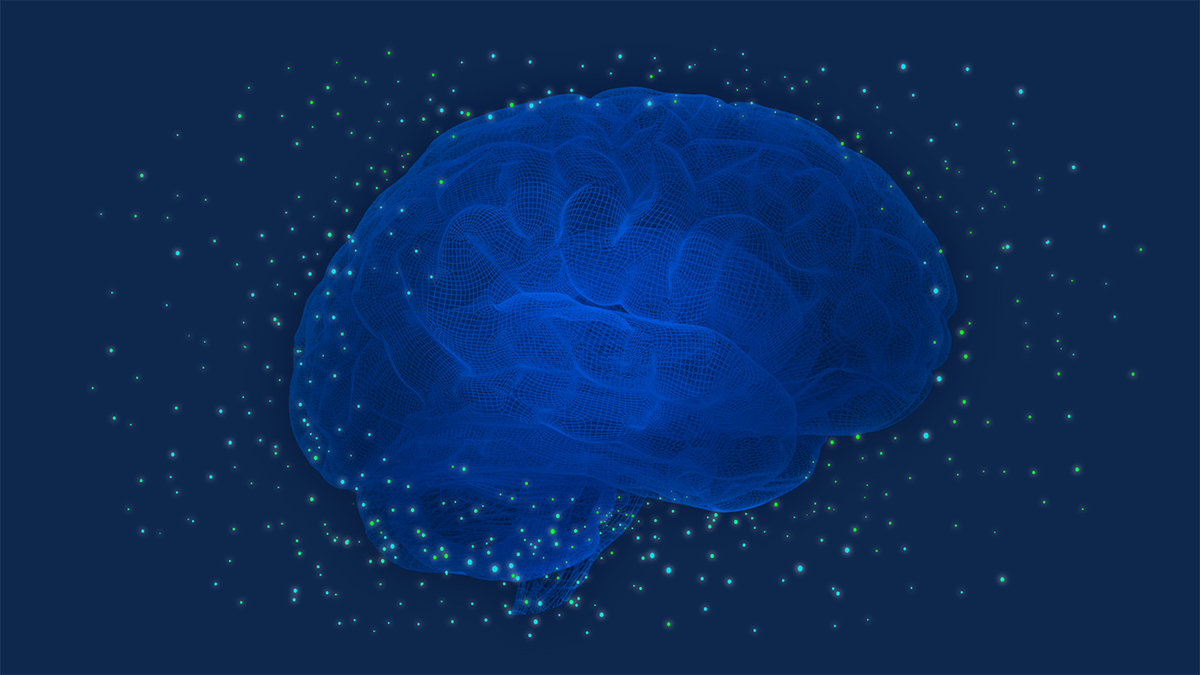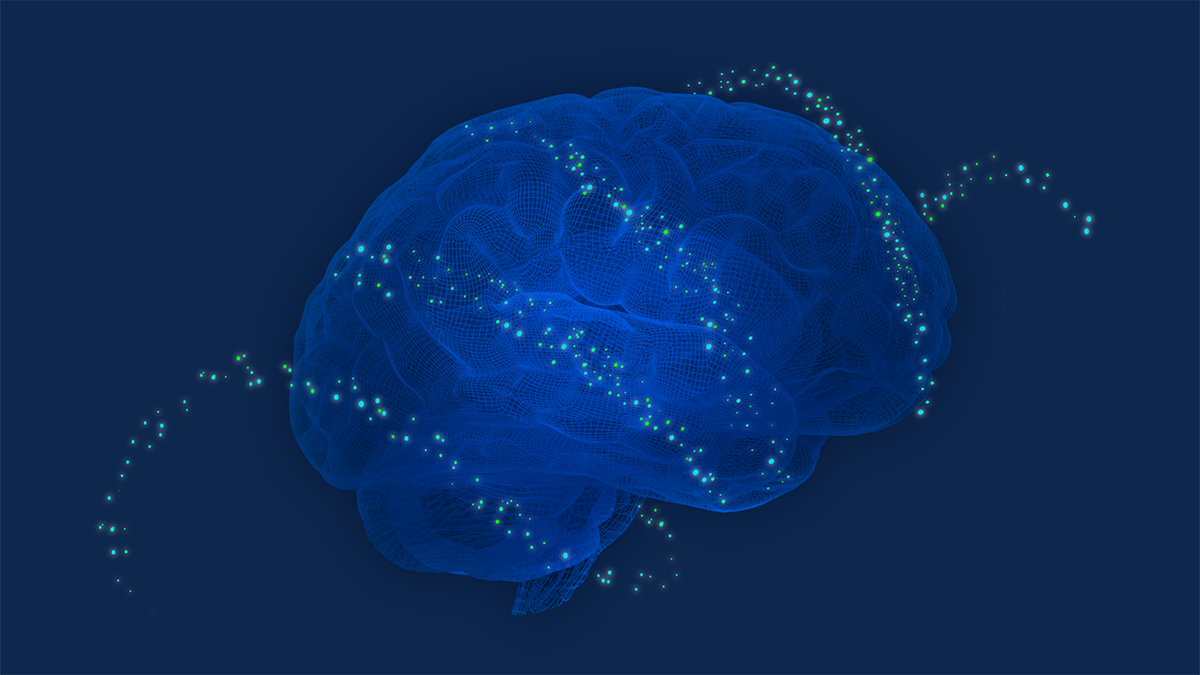Did you ever wonder how your brain is able to predict the trajectory of a tennis ball, even when it’s meters away? The fact is the human mind is the most incredible, predictive engine. And it’s the prefrontal cortex where the magic happens. This is where the brain learns, predicts, and plans.
Our brains have a whopping 80 billion nerve cells—neurons—that talk to each other using chemicals called neurotransmitters. Synapses are the tiny spaces between two cells where they can pass along messages, and the synapse connections can either strengthen or weaken over time depending on how often they are used. When brain cells on either side of a neurotransmitter persistently and consistently trade signals, they create long term potentiation—or the strengthening and enhanced communication of a synapse.
In very simple terms, these repeated experiences are how learning occurs and how memories are formed. It’s why evolutionarily, humans still retain a fight-or-flight response when reacting to perceived threats (even though large wildlife may not necessarily be rustling in the grass behind you!)
What if our computer networks could harness the same power of long-term potentiation? The ability to learn from prolonged experiences to enable a faster and more intelligent network connection? Thanks to artificial intelligence and machine learning technology, Cisco’s new predictive networking technology does just that. The network utilizes learning capabilities via data aggregation to ensure an ever-improving, optimal experience. And because it prioritizes experience, not only does it function like the human mind, but it is also created for the human mind.
Cisco has long been at the forefront of network innovation. For three decades, the company has been helping to keep the world connected. Businesses, governments, hospitals, and schools are built on these connections. Today, Cisco is helping IT teams take the next step to proactively protect and maintain these connections that have never been more important.
Cisco Predictive Networks
When it comes to the network, Cisco understands its customer’s pain points. According to the company’s 2022 Global Networking Trends Report, responding to disruptions (45 percent) and accommodating new business needs (40 percent) were cited as the top network challenges for 2021. New predictive technologies could solve these issues, many of which are emphasized in this era of hybrid work. By using enormous amounts of historical data, predictive networks can predict events based on past history.
AI and ML capabilities allow Cisco predictive networks to learn by aggregating data across a vast number of services. According to the company’s 2021 Future of Technology Report, 78 percent of CIOs who were surveyed use AI and Automation to create better experiences for the end-user, and top benefits for CIOs include quicker incident response times (63 percent) and business continuity (57 percent). The Predictive Network’s AI and ML technology creates high accuracy for an optimal experience.
And experience is crucial for this new network. Because it was crafted with user experience in mind, it will provide solutions on alternative paths for data if it ever predicts an issue, entirely avoiding the problem in the first place. Much like the fight-or-flight response, if our brain senses danger along one pathway, it will encourage you to take the safer road instead.
Once integrated, it learns and begins to predict and provide concrete remediation options. And when teams find these alternate options as trusted, they can also become automated for the future.
This technology never stops learning and will continue to provide users with the best experiences possible.
The future is experience centric
Cisco has been working on predictive networks technology for the past two years, and its inception could not come at a better time. Networks have been reactive for 35 years, and the old ways of rerouting traffic and detecting issues after they have occurred is no longer enough. According to the World Economic Forum, the amount of data generated globally in 2025 is predicted to be 463 exabytes per day, every day. The sheer amount of business-critical data being created around the world is outpacing our ability to process it.
For time and resource-poor IT administrators, Cisco’s predictive networks technology will provide the support required to grow and excel in a mobile-first world. To deliver business value and the kind of experience that customers are looking for, companies will need to be quicker and more flexible than ever before.
As the future moves from reactive to predictive, Cisco will provide businesses with the advantage of reducing administrative load and replacing managerial issues with the opportunity to innovate.
A network to build the future
Today, we live in an era where speed, security and agility are crucial, and where organizations need the technology to create, innovate, and pivot with the pace of change.
Cisco has been the pioneer of the global network, and now the company is leading innovation towards a future where networks can learn, predict, and plan. The breadth of the portfolio across networking, applications, analytics, and security means that Cisco’s decades of experience and knowledge is knitted throughout all aspects of the Predictive Network.
Organizations need to leverage technology, to respond not just to the opportunities available today, but to the opportunities available in the future… And when we can predict that future—that’s when we create the advantage.



